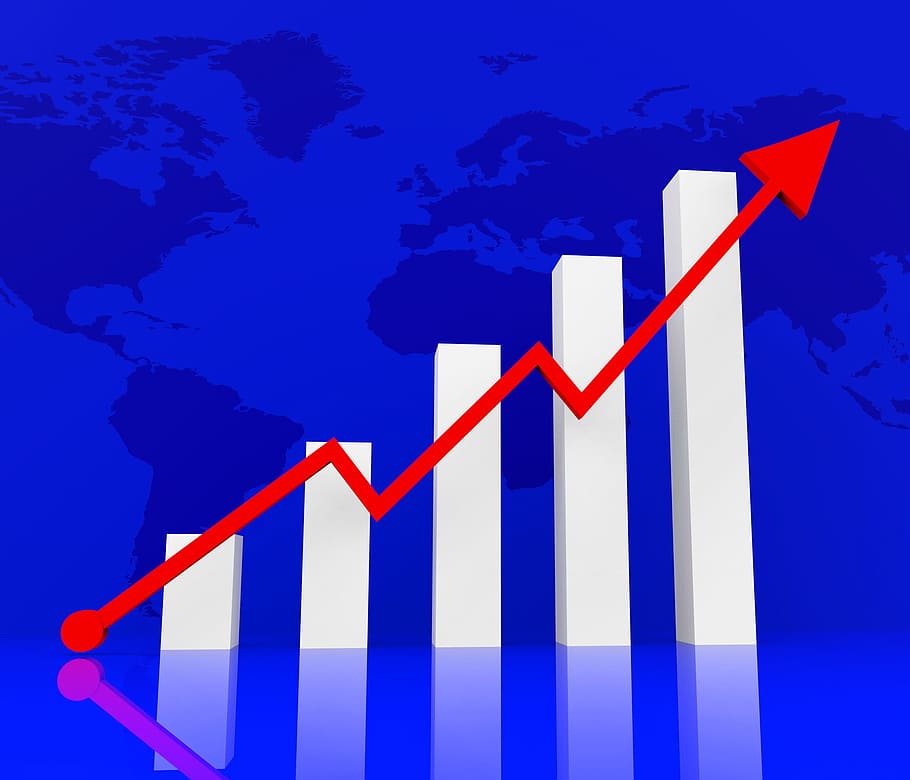Propane Inventories Soar to New Heights: What it Means for Propane Company Owners

Propane inventories are reaching record highs. What are the possible reasons behind this phenomenon? According to the Energy Information Administration (EIA), there has been a significant decrease in domestic propane demand during the core winter months.
Surprisingly, the drop in demand cannot be solely attributed to a milder winter, as historical data suggests similar or even lower heating-degree days in previous years resulted in higher demand. Let’s explore various factors, including stress on household budgets and decreased petrochemical demand, as potential causes for the substantial decline in propane demand. It’s vital for propane company owners to understand the implications of these findings for their businesses.
Propane storage is reaching unprecedented levels. While some may attribute the decrease in demand to a mild winter, we dare to explore alternative theories. Our fourth-grade math skills tell us that a mere 3.6 percent decline in heating-degree days cannot account for the massive drop in propane demand. So, what could be the missing factor? Enter tight household budgets and decreased petrochemical demand, two mischievous culprits that may have caused consumers to hold less propane in their tanks. However, this deficit should be rectified once demand rises and our customers’ budgets feel less strain.
Now, let’s look at the world of propane storage throughout the supply chain. According to the National Propane Gas Association (NPGA) research, consumer-level propane storage amounts to a whopping 111 million barrels. That’s right, folks, our customers have been hoarding those propane-filled tanks!
But here’s the twist: if consumers are holding just 10 percent less propane due to budget constraints, it could account for a staggering 11 million barrels of excess inventory. Ah, the plot thickens! Add to that the consumption of 6.2 million fewer barrels by petrochemicals and the impact of a milder winter, and we have ourselves a cozy explanation for 7.2 million barrels of the surplus. But there are still 13.2 million barrels to go.
If our hypothesis holds true, it suggests that consumers will eventually return to their normal propane-storing ways once their budgets loosen up. So, get ready for the possibility of higher demands and maybe even a little extra pressure on propane prices in the coming winter.













